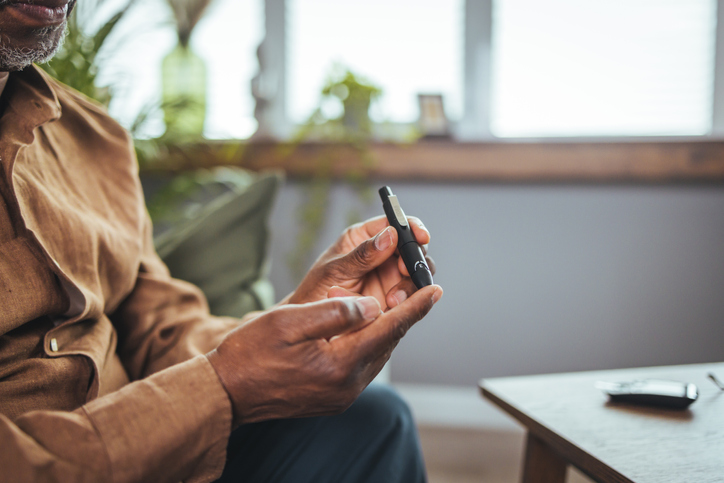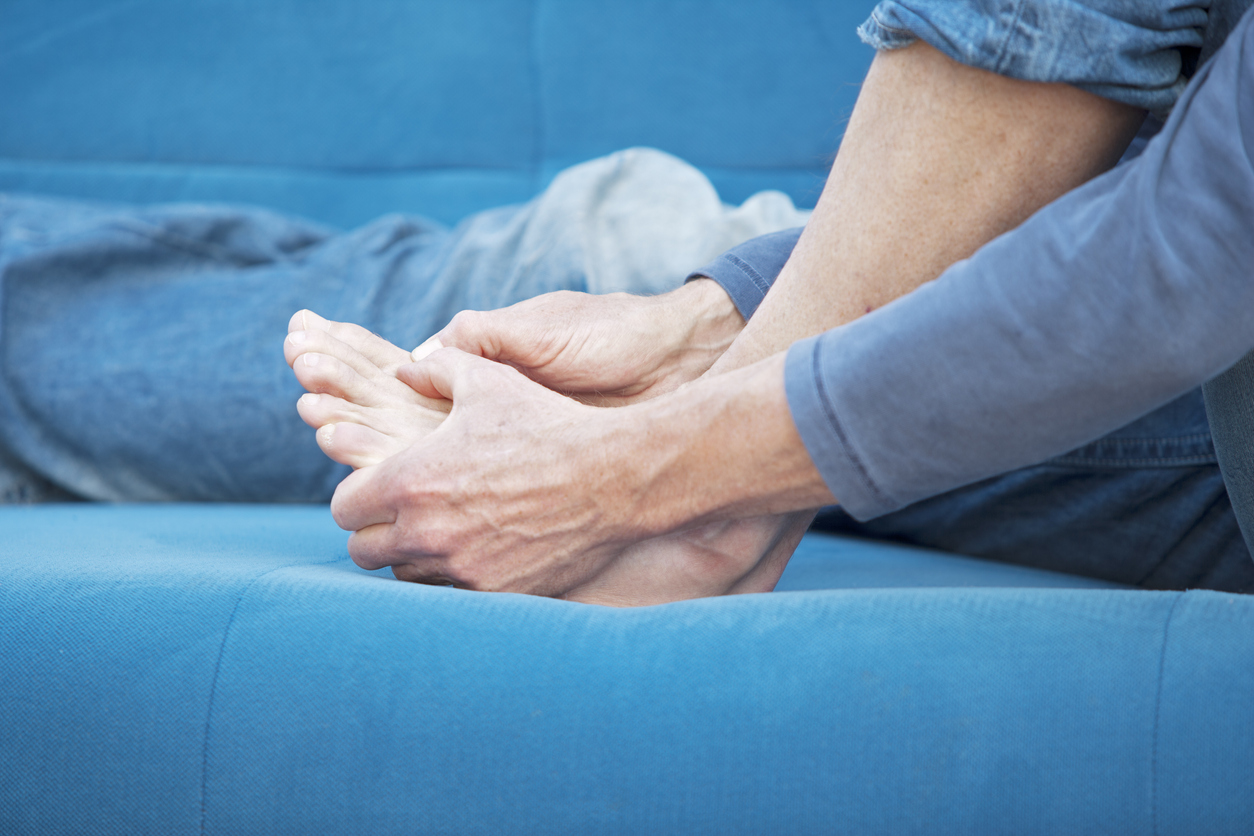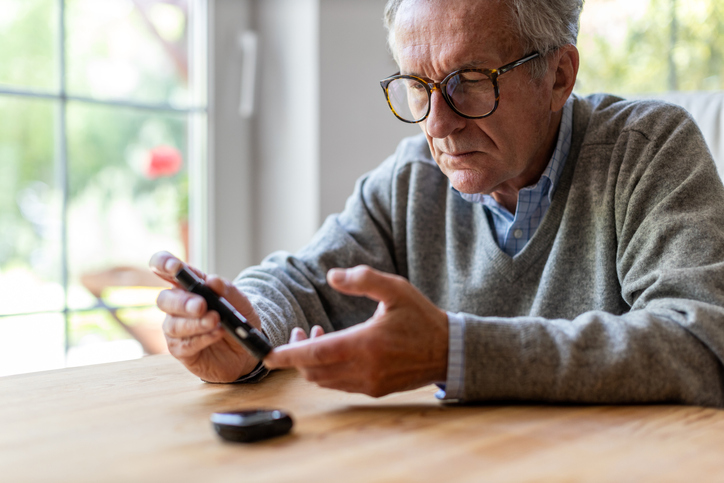Blood Glucose Levels: Hypoglycaemia vs. Hyperglycaemia
If you don’t have diabetes, you might have heard the terms ‘hyperglycaemia’ and ‘hypoglycaemia’ around (sometimes abbreviated to a ‘hyper’ or a ‘hypo’) and if you do live with diabetes, you might have even experienced them.
When you have diabetes, it’s important to know about these as they’re linked to your blood glucose levels. It’s vital to know the differences and what symptoms you might experience, so that you know how to treat them and understand why it might happen to you so you can prevent them in the future – and this blog is here to help you do just that.
What is hypoglycaemia?
Hypoglycaemia (sometimes called a ‘hypo’) is when your body has a low level of blood glucose, usually below 4 mmol/L. When your blood sugar is too low, your body does not have enough energy to work as well as it should.
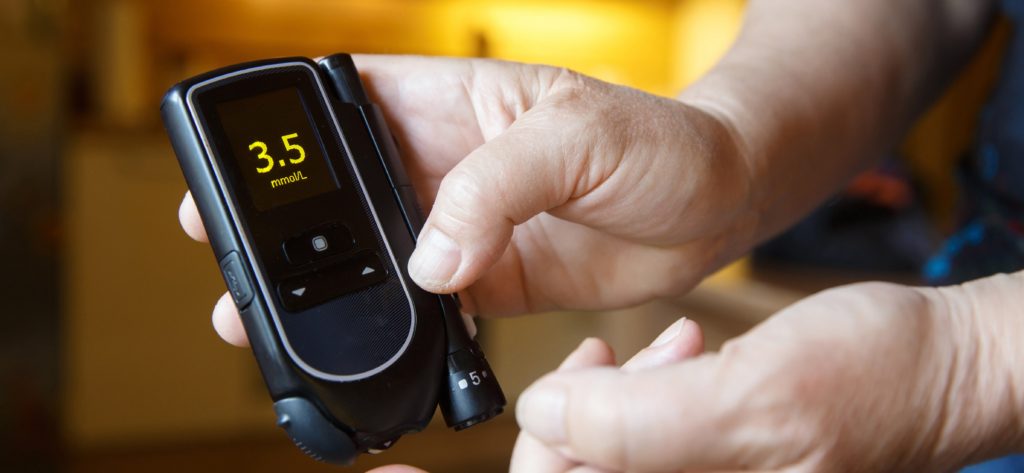
What are the causes of hypoglycaemia?
- You may have missed or delayed a meal or snack.
- You might not have had enough carbohydrates at your last meal.
- Doing a lot of exercise without having extra carbohydrates or without reducing your insulin dose (if you take insulin).
- Taking more insulin (or certain diabetes medication) than you need.
- Drinking alcohol on an empty stomach.
Insulin and some other diabetes medications can make you more likely to have a hypo. If you’re unsure whether the treatment you’re on is likely to cause hypos, please check with your diabetes healthcare professional.
What are the symptoms of hypoglycaemia?
If you’re having a hypo, you may have warning signs that your blood glucose levels are too low, such as:
- Feeling shaky and disorientated.
- Feeling anxious.
- Suffering from headaches.
- Feeling hungry.
- Having a lack of concentration.
- Your vision may be blurred.
- Losing consciousness.
- Feeling higher levels of aggression.
- Falling into a coma.
- Sweating more than usual.
What is the treatment for hypoglycaemia?
First of all, it’s important to not panic. However, you will need to treat a hypo straight away. Don’t worry though, you can do this by eating food or having a drink that contains sugar.
This could be:
- Four or five glucose or dextrose tablets.
- Five jelly babies.
- A small glass of a sugary (non-diet) drink.
It’s important to know why the hypo has happened so you can try to stop it happening again. Learning why they happen is the best way to stay healthy, so if you’re unsure about why it may have happened, please speak to you doctor or nurse.
What is hyperglycaemia?
Hyperglycaemia is when you have a higher-than-normal amount of glucose in your blood. This is usually above 7 mmol/L before a meal and above 8.5 mmol/L two hours after a meal.
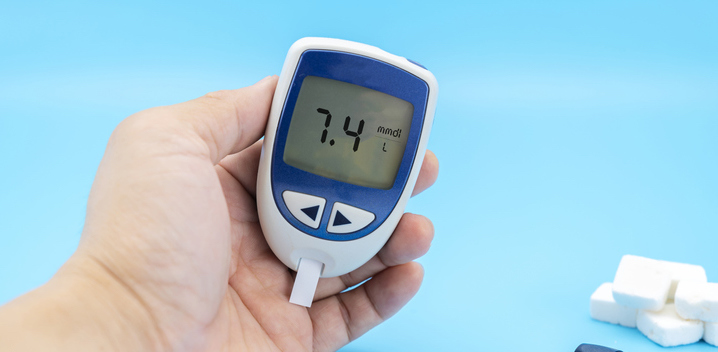
What are the causes of hyperglycaemia?
- You may have missed a dose of your medication.
- You might have eaten more carbohydrates than either your body or medication (or both), can cope with.
- You may be feeling stressed.
- You are suffering from an infection so may be unwell.
- You have over-treated a hypo.
What are the symptoms of hyperglycaemia?
You may have warning signs that your blood glucose levels are too high and experience symptoms such as:
- You may feel thirstier than usual.
- You might pass urine more often – particularly at night.
- You may feel tired or lethargic.
- Your vision may become blurry.
- You might suffer from headaches.
- You may have thrush or other recurring bladder and skin infections.
- You might lose weight.
What is the treatment for hyperglycaemia?
To treat hyperglycaemia, your blood glucose will need to be lowered to a normal amount. If you are feeling unwell, it’s important to not ignore it, make an appointment to see a doctor or nurse and ask to be seen within 24 hours.
If you’re unsure of any of the content we’ve covered above, please speak with your diabetes healthcare professional. If you have Type 2 diabetes and feel like you could benefit from being in a Facebook support group, we run a Daily Type 2 Diabetes chat club where people with similar experiences can share advice, tips and support one another. If you’d like to, please join here.
When you register as a patient with us, you’ll receive our free Live Well With Diabetes welcome pack, printed monthly trackers for you to stay on top of your progress, foot care guides, and so on. You can easily register with us on our website.
At Spirit Pharmacy, we’re here to help people who live with diabetes get access to their medicines, helpful items, and expert advice. We offer a friendly NHS prescription free home delivery service, alongside lots of additional services and support, especially tailored for people living with diabetes.
Please note, this article is not intended to be individual healthcare advice. Always follow specific advice relating to your condition given to you by your doctor, pharmacist, diabetic nurse, or dietician.
*Information correct at time of issue – March 2022
